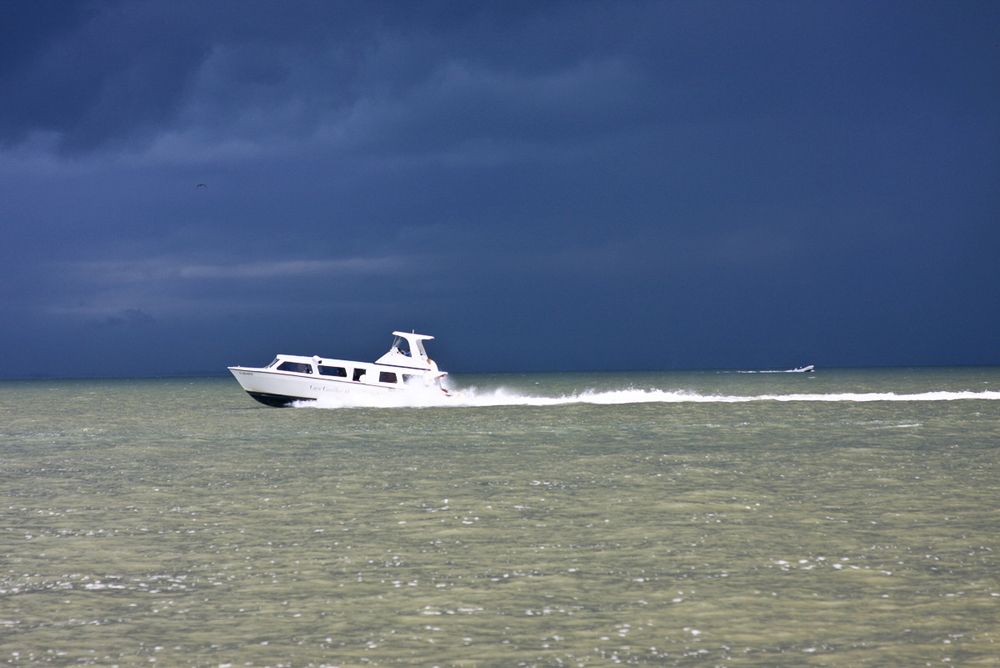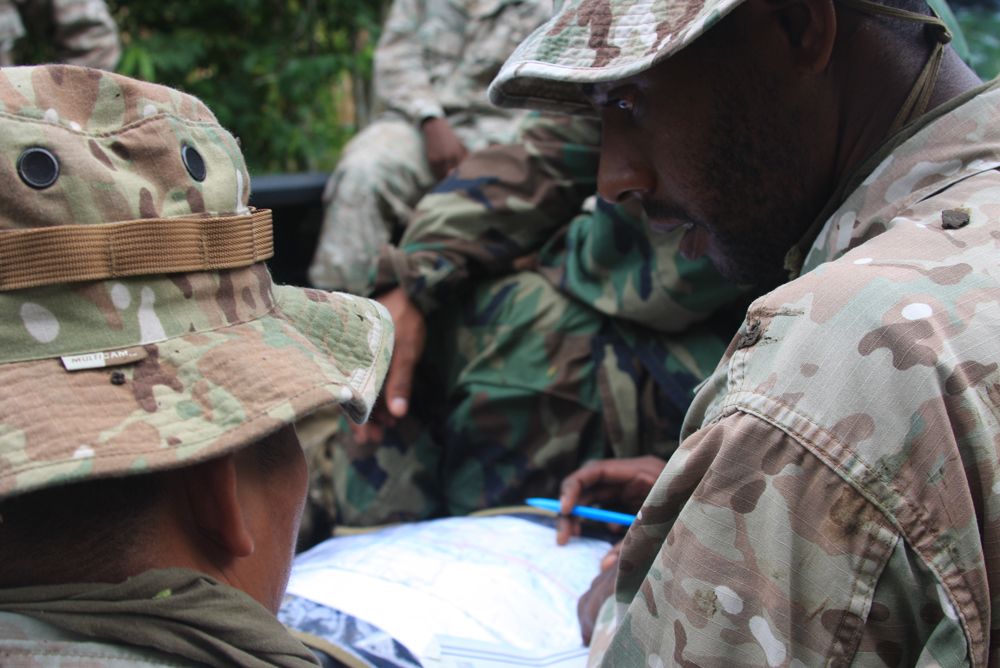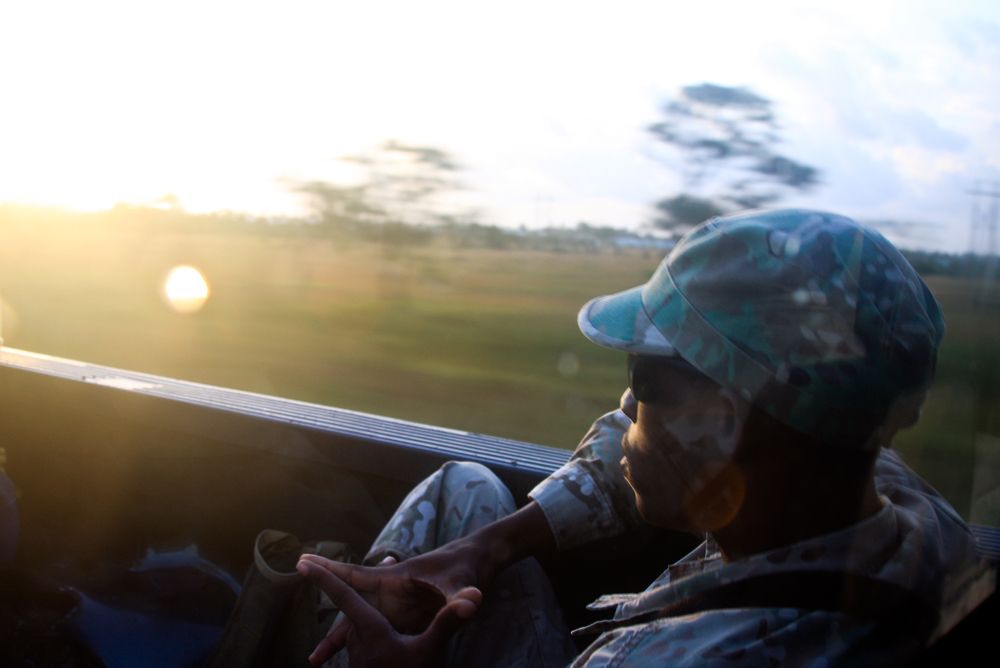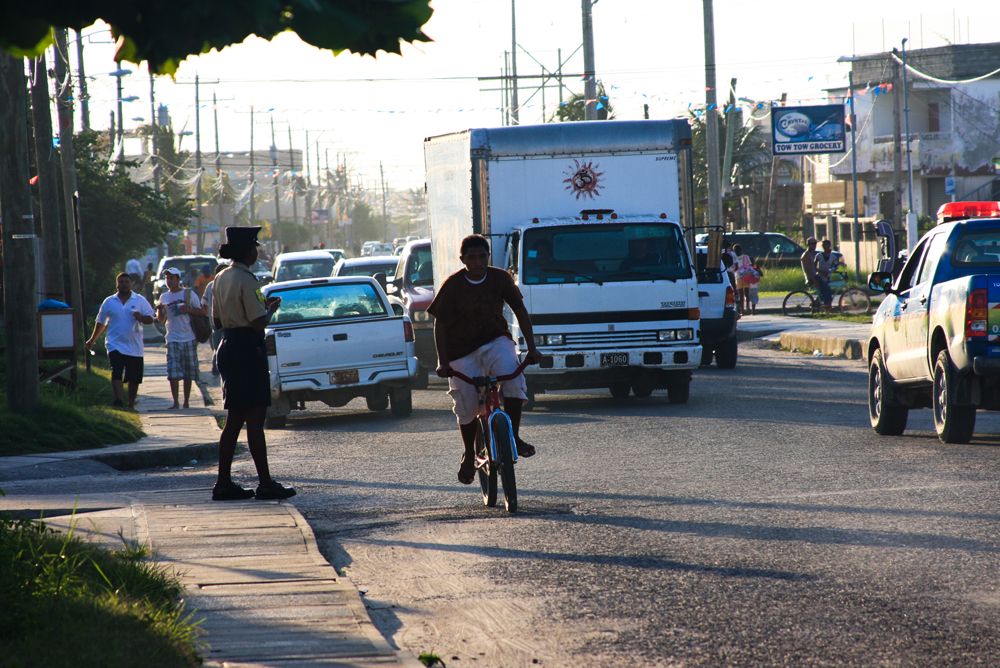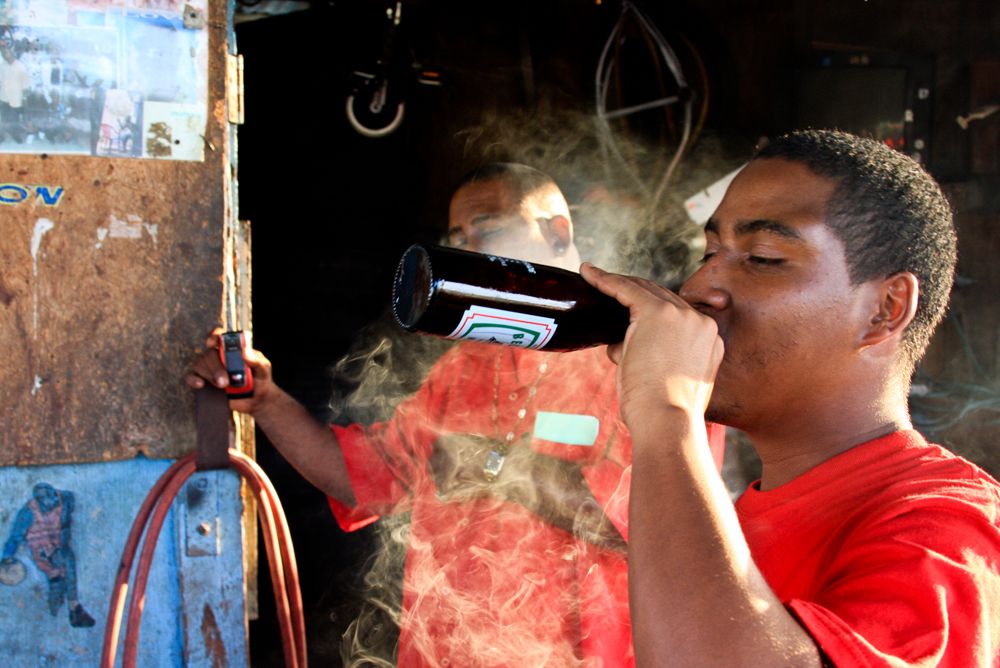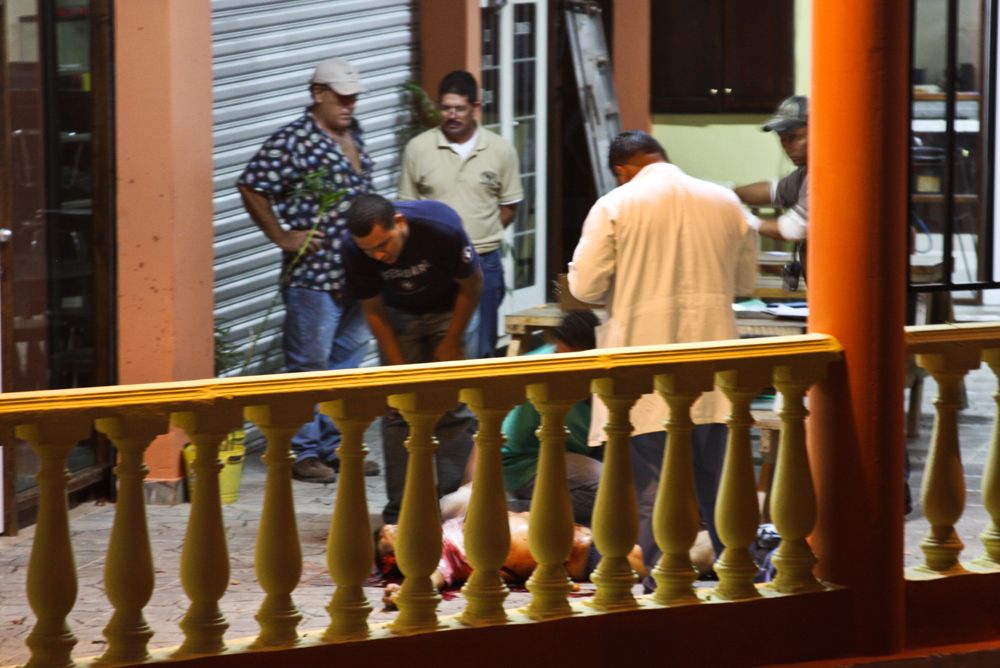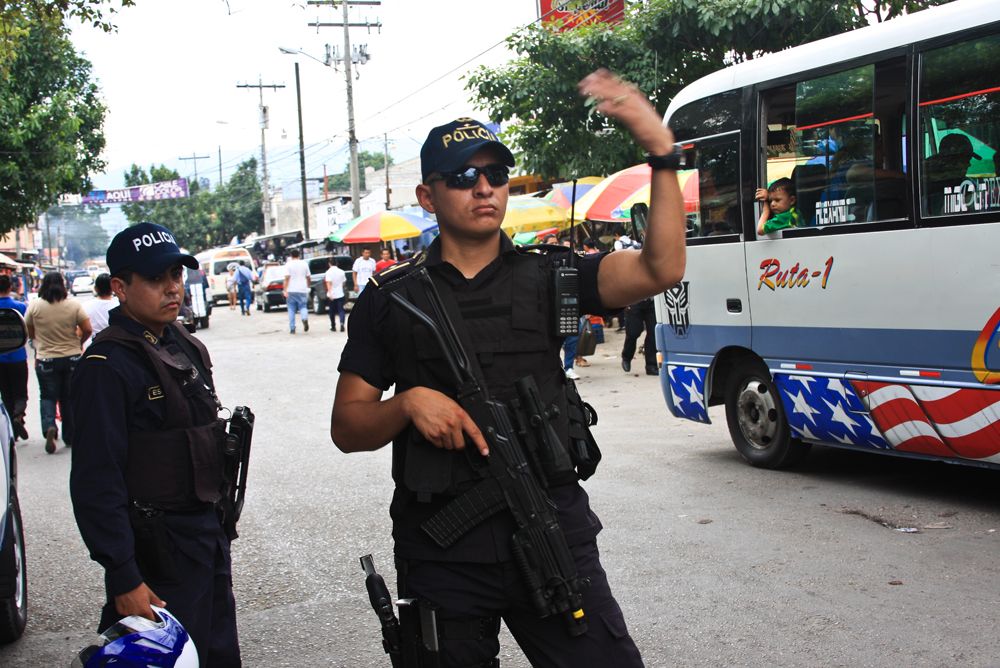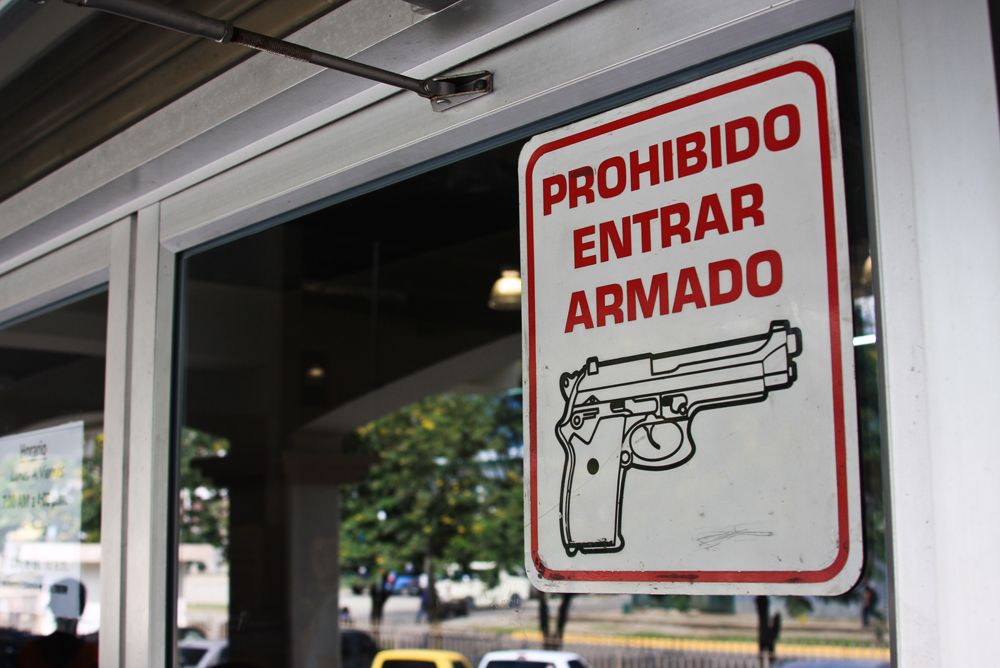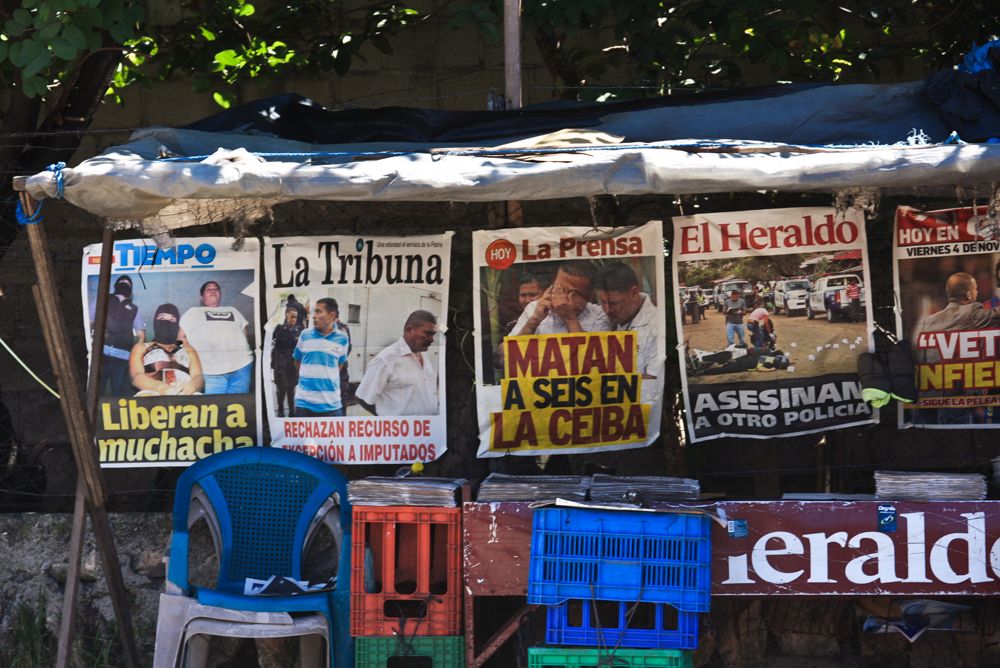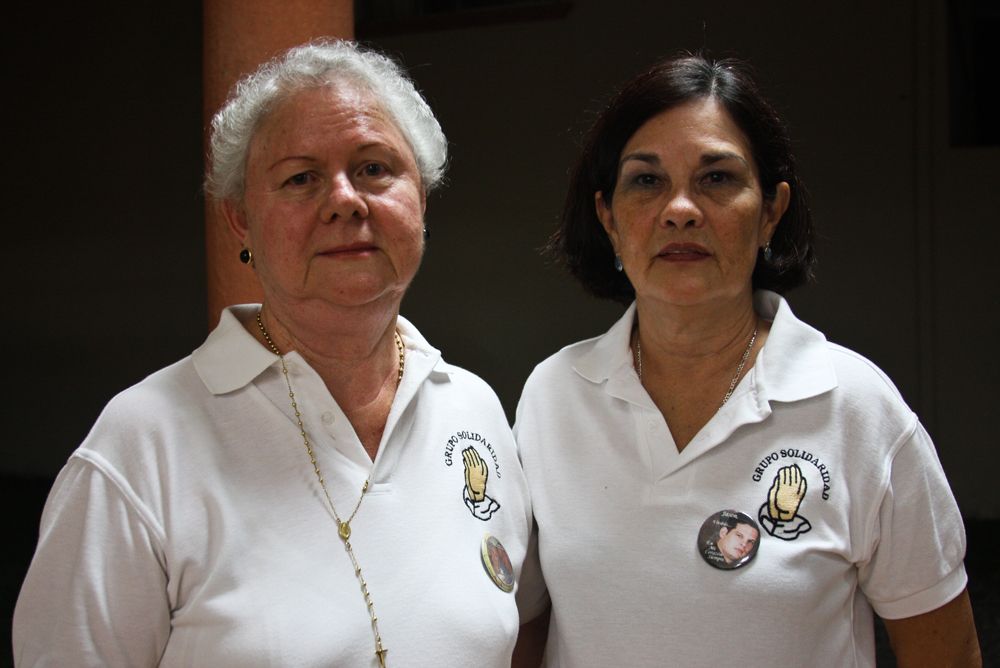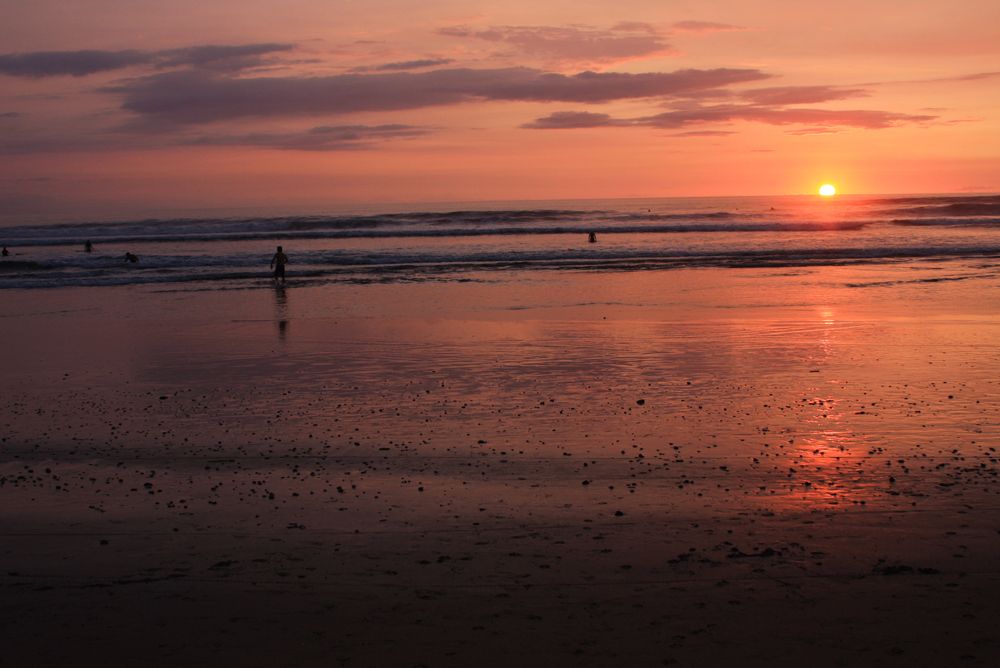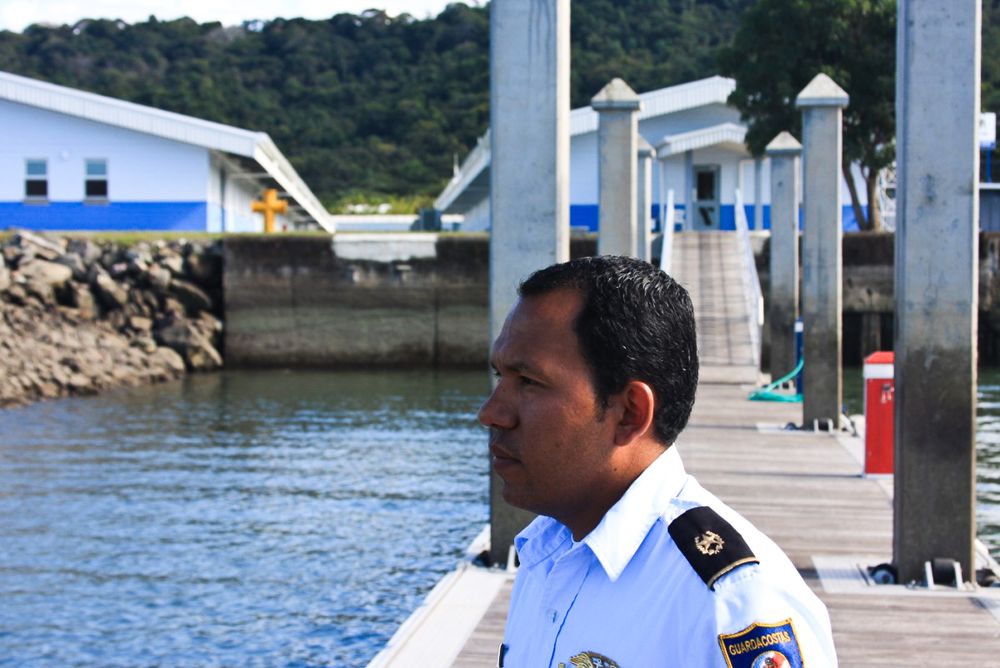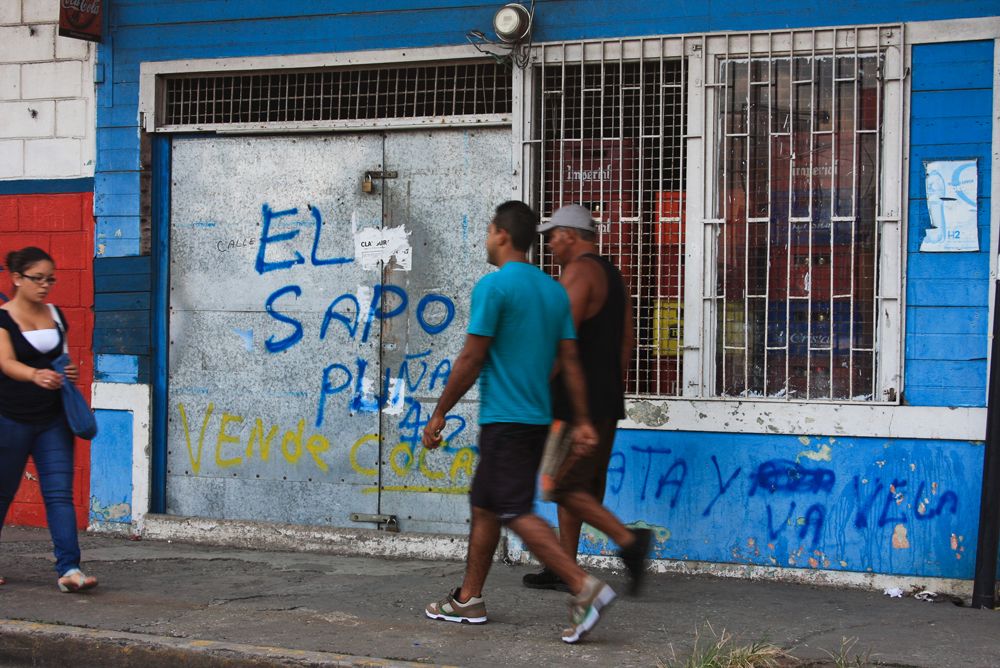January 20, 2012 | Pulitzer Center
By
Nick Miroff, for the Pulitzer Center
Mexican drug cartels have pushed deeper into Central America's small, weak states as they compete to establish control of new smuggling routes. The result has been a surge of murder and crime, making Central America the most violent region in the world. Nick Miroff traveled to Belize, Honduras and Costa Rica to see how local authorities were coping with the crisis.
